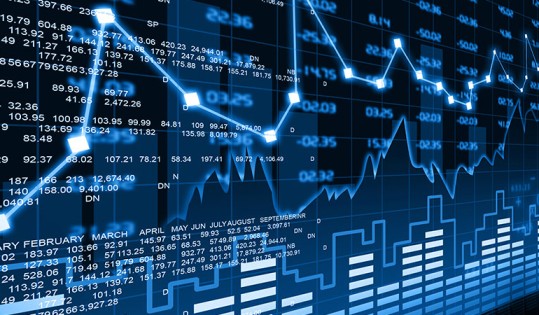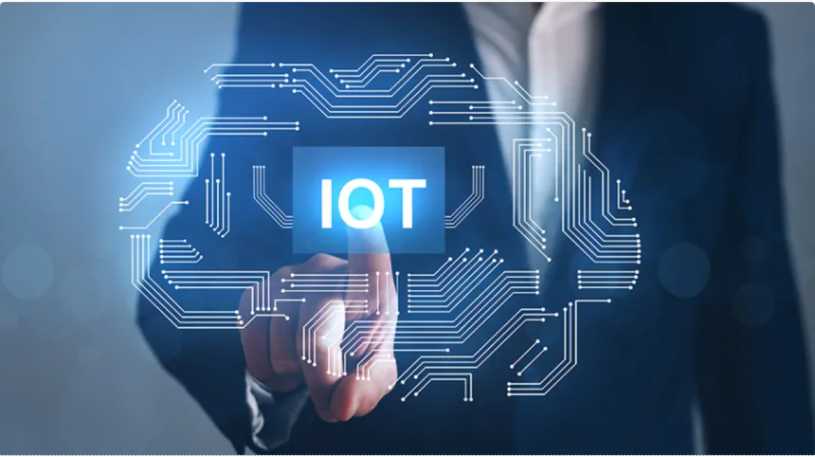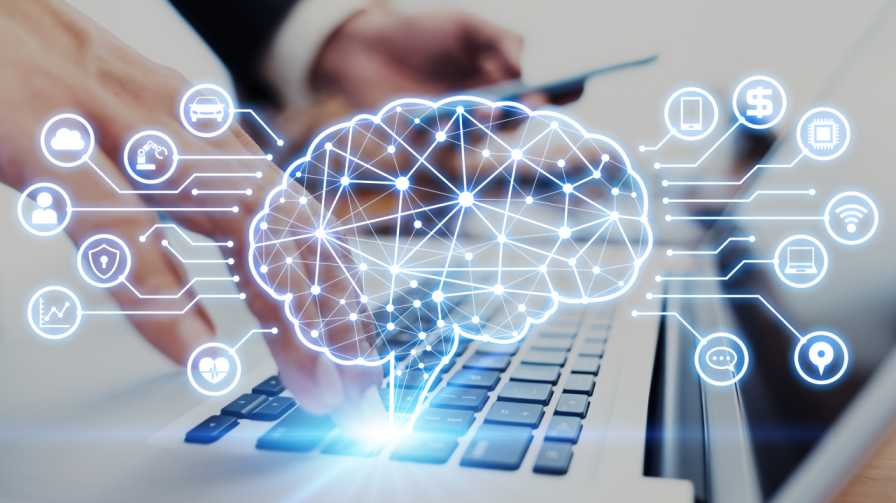The Internet of Things (IoT) has revolutionized various industries, and the financial market is no exception. By leveraging IoT, traders can access real-time data, enhance market intelligence, and make more informed decisions.
This article explores how IoT is transforming trading, the benefits it offers, and the challenges that come with its implementation.
Understanding IoT
IoT, or the Internet of Things, is a network of devices that communicate and share data. These include sensors, cameras, and wearables that collect and transmit data via the internet. Key components are sensors, connectivity, data processing, and user interfaces.
The way IoT works is through devices that collect data from their environment through sensors. This data is then transmitted via the internet to cloud-based platforms where it is processed and analyzed. The insights gained from this analysis can be used to make informed decisions or trigger automated actions.
IoT in the Financial Market
IoT has a significant impact on the financial sector by providing real-time data and enhancing the accuracy of market predictions. Financial institutions use IoT to monitor market conditions, track assets, and analyze customer behavior.
Here are some ways IoT can be applied to trading:
- Smart Contracts: IoT devices can trigger smart contracts automatically based on predefined conditions.
- Asset Tracking: IoT sensors monitor the location and status of assets, providing real-time data to traders.
- Customer Insights: Wearable devices and other IoT gadgets collect data on customer behavior, helping traders understand market trends.
Enhancing Market Intelligence with IoT
Market intelligence is crucial for making informed trading decisions. With IoT, traders can have access to real-time data, predictive analysis, and improved market predictions.
1. Real-Time Data Collection and Analysis
IoT devices provide a continuous stream of real-time data, enabling traders to monitor market conditions closely. This data includes everything from stock prices to economic indicators, allowing for a comprehensive analysis of the market.
2. Predictive Analytics
By analyzing the data collected by IoT devices, traders can predict market trends and make proactive decisions. Predictive analytics uses machine learning algorithms to identify patterns and forecast future market movements.
3. Improved Market Predictions
The real-time data and advanced analytics provided by IoT enhance the accuracy of market predictions. Traders can respond quickly to market changes, minimizing risks and maximizing profits.
4. Risk Management
IoT data helps traders identify potential risks and implement effective risk management strategies. By monitoring market conditions and asset performance in real-time, traders can detect anomalies and take corrective action promptly. Effective risk management minimizes losses and protects investments.
IoT Devices in Trading
Several tools and technologies are available to support IoT-driven trading. Popular IoT devices include sensors, wearables, and smart devices that collect and transmit data.
Analytical tools and software platforms, such as trading algorithms and predictive analytics, are also crucial for analyzing the data collected by IoT devices.
These technologies work together to provide traders with actionable insights and improve trading outcomes.
Integrating IoT into Your Trading Strategy
For traders looking to integrate IoT into their strategies, follow these steps to get started:
1. Identify Specific Areas for IoT Integration
Determine where IoT can add value to your trading activities. Look for areas where real-time data can enhance decision-making or where automation can improve efficiency.
2. Invest in Necessary IoT Devices and Platforms
Purchase the IoT devices and platforms required for real-time data collection and analysis. Ensure these tools are compatible with your existing trading systems and can provide the insights you need.
3. Develop a Comprehensive Implementation Plan
Create a detailed plan that outlines how you will integrate IoT into your trading strategy. This plan should include:
- Training and Support: Ensure your trading team is well-trained on using IoT tools and understands the benefits they offer.
- Data Management: Set up systems for managing and analyzing the data collected by IoT devices.
- Performance Monitoring: Establish metrics to monitor the performance and ROI of your IoT-driven trading activities.
Challenges and Solutions in Implementing IoT in Trading
Security Concerns
IoT devices are highly vulnerable to cyberattacks, creating substantial security risks. Hackers can exploit these devices to gain unauthorized access to sensitive data and disrupt critical trading operations, potentially causing significant financial and operational damage.
A few solutions to the most common security concerns include:
- Encryption: Encryption secures data transmitted by IoT devices, protecting it from unauthorized access. Intercepted data remains unreadable without the correct encryption key.
- Regular Updates: Keeping IoT devices and software updated to prevent security vulnerabilities. This involves regularly patching software to fix any security holes that could be exploited by attackers.
- Machine Learning: When it comes to data privacy, machine learning algorithms can be used to effectively manage the risk of fraud. These advanced algorithms analyze vast amounts of data to detect unusual patterns that may signal suspicious activity. This allows for rapid response and intervention.
Data Privacy Issues
IoT devices gather large amounts of data, raising privacy concerns. Handling this data securely and ethically is crucial. Some strategies to ensure data privacy involve:
- Data Anonymization: Removing personal identifiers from data to protect privacy. This involves stripping data of any information that could be used to identify individuals.
- Strict Access Controls: Implementing strict access controls to limit who can access and use the data. This includes using authentication and authorization mechanisms to ensure that only authorized users can access sensitive data.
Technical Challenges
Implementing IoT in trading requires significant technical expertise and infrastructure. The integration of IoT devices with existing systems can be complex and costly.
To address these, one can consider implementing:
- Cloud Integration: Using cloud-based platforms to simplify the integration of IoT devices with existing systems. Cloud platforms provide scalable resources that can handle the large volumes of data generated by IoT devices.
- Scalable Infrastructure: Investing in scalable infrastructure to support the growing number of IoT devices. This involves ensuring that networks, storage, and processing capabilities can scale to meet the increasing demand.
Conclusion
The integration of IoT in trading offers numerous benefits, from real-time data collection to enhanced market intelligence. While there are challenges to overcome, the potential advantages make IoT a valuable tool for traders. As technology continues to evolve, the role of IoT in trading is expected to grow, leading to more efficient and informed trading practices.



3 thoughts on “IoT-Driven Trading: Enhancing Market Intelligence and Decision Making”